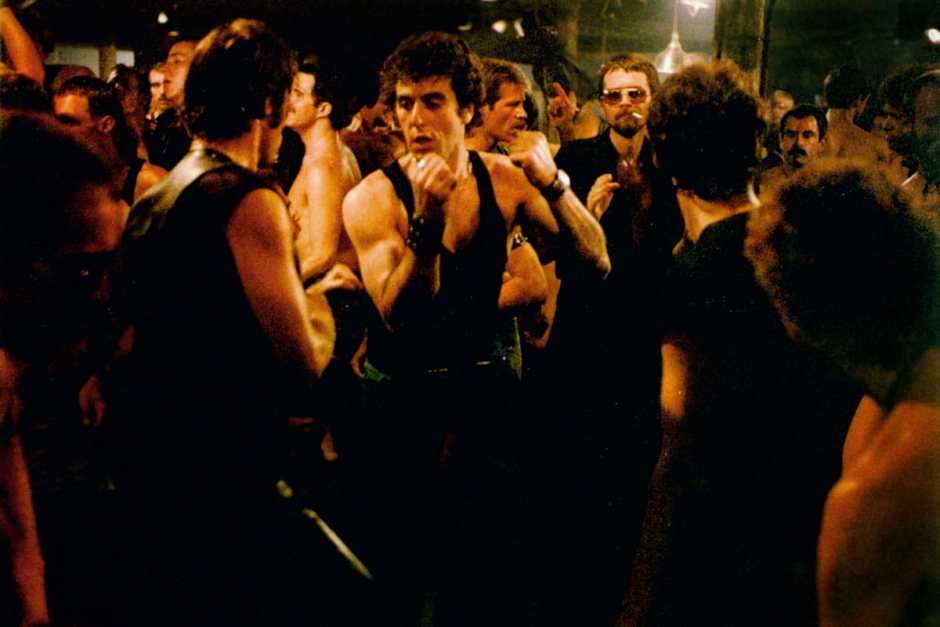Read also:
How to Watch FX Live Without CableHow To Watch AMC Without CableHow to Watch ABC Without CableHow to Watch Paramount Network Without CableThe controversial sex-crime thriller starring Al Pacino gets a Blu Ray release, but its flaws in storytelling and representation remain.
Briefly available on DVD and mostly absent from streaming, William Friedkin’s Cruising has been hidden from view for most of the century. Released amid protest from the gay community in 1980 to bad reviews and middling box office, Cruising focuses on a murderer stalking the haunts of gay Manhattan and the innocent cop – Steve Burns (Al Pacino) – trying to catch him.
Friedkin made it after the critical and commercial failure of Sorcerer in an attempt to return to the gritty, sensational, star-driven filmmaking that made The French Connection and The Exorcist two of the biggest hits of the 70s. But instead of restoring him to the top of the director hierarchy, Cruising lived a short inglorious life and quickly slipped through the cracks of history. Still, thanks to a new Blu-ray courtesy of Arrow Video, we get another glimpse at this controversial relic of queer history.
But that absence has lent the film an air of mystique. Friedkin made a few more winners after decades of duds, and some of his later work has been re-evaluated and marked classics (Sorcerer and To Live and Die in LA are as good as anything he made before and anyone who says differently is lying). And Cruising isn’t just a William Friedkin film, it’s also an Al Pacino movie. Could this be another hidden masterpiece waiting to be discovered? Let’s not get ahead of ourselves.

So there’s this guy killing gay men in the underground New York BDSM community. Top Cop Captain Edelson (Paul Sorvino) assigns Officer Burns to go undercover as a gay man to ferret out the killer. It’s one of those standard movie plots where the undercover cop is “on his own” and “reports only to the captain”, a movie situation because it isolates the cop, forcing the cop to engage in all sorts of exciting and dramatic personal existential identity crises.
In Burns’ case, that means a nice straight boy (who has sex with his girlfriend and everything) has to spend a lot of time in gay neighborhoods and gay bars and worries that he might actually be g-g-g-gay. Not that the movie actually says that, but his girlfriend Nancy (Karen Allen) worries he doesn’t seem interested in her anymore and he talks about how what he’s doing is affecting him. So, you know, connect the dots.
Cruising takes a moment to point out that the BDSM gay subculture in which Burns is infiltrated isn’t the “mainstream” gay community, an attempt to buffer itself against any accusations of homophobia, and it gives Burns a kind gay friend who lives in the same building to further back its claim. It also suggests that the killer is motivated by self-hatred rooted in internalized homophobia.
The gay men in Cruising are either aggressive predators or meek prey; they’re constantly sizing each other up and staring each other down. Even Burns’ friend is in an abusive relationship. Friedkin’s best work is often grimy and suffused with existential dread, which is great when you’re making movies about narcotics cops on the edge and monsters possessing little girls, but his brand of nihilism and tragedy is a terrible match for a story about an already stigmatized and demonized culture.
Cruising isn’t just a William Friedkin film, it’s also an Al Pacino movie.
But man, all that goes out the window whenever the film enters a gay bar. Look, it’s entirely possible that there were bars in New York where men were having sex out in the open, and it’s also possible that those bars were dimly lit and unclean and just really decrepit and gross looking; but Friedkin could have at least tried to find one where it looked like people were also having a good time while they were there. It’s like he forgot that he wasn’t making another Exorcist and decided that hell was filled with dour men in leather caps and jockstraps hate-fucking each other to punk rock.
It’s easy to imagine how everyone involved with the production had the best intentions and even wanted to draw attention to a vulnerable community historically ignored or mistreated by the police and the larger culture. But there’s intention and there’s results.
Cruising is engaging and gripping in places, and makes great use of late 70s New York and there are moments when it’s (unintentionally?) hilarious. Pacino does his best with a fuzzy character, one the movie refuses to pin down in terms of his inner-conflict/sexuality. Forty minutes were cut from the film, which supposedly showed Burns getting more seduced by the lifestyle and actually participating in gay sex. Since that’s not actually in the movie, all you get is Burns in bars and seeing some stuff and dancing a few times. It’s too interesting and professional to be bad, but it’s just too ugly and gross to be good.